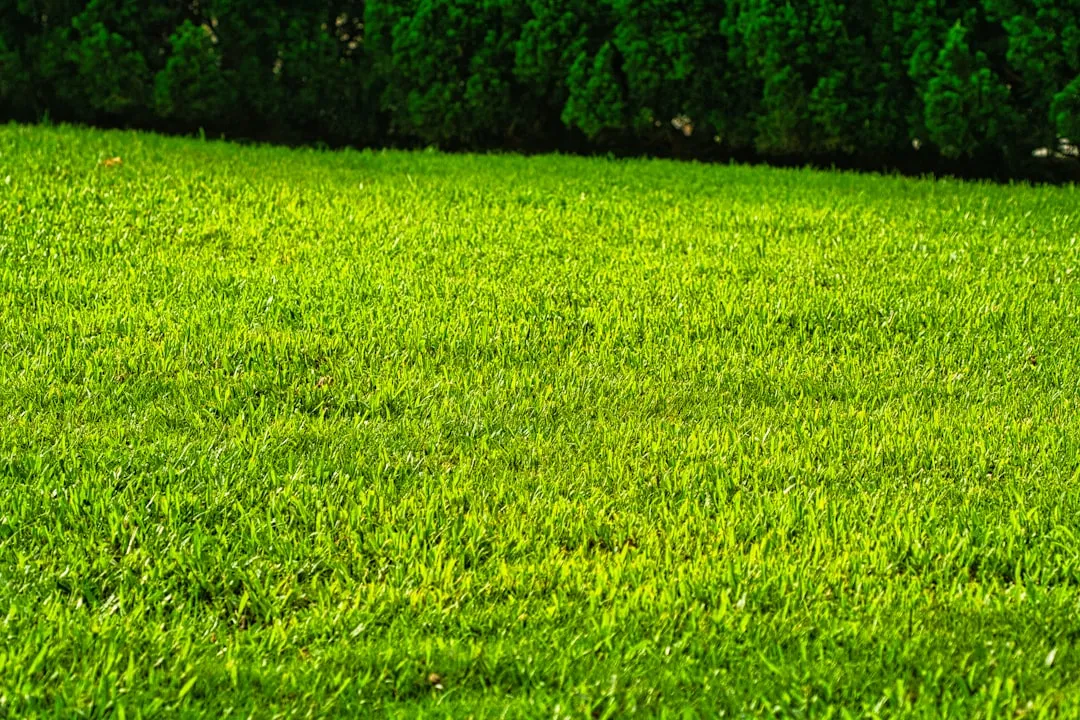The Secret to a Thriving Christmas Cactus Outdoors This Summer

Houseplants bring a touch of nature and beauty into our homes, and the Christmas cactus is a beloved choice for many plant enthusiasts. While it's typically kept indoors, moving your Christmas cactus outdoors for the summer can offer numerous benefits. In this article, we'll explore how and when to make this transition successfully.
First, let's understand the Christmas cactus. The Christmas cactus, or Schlumbergera, is native to the tropical rainforests of Brazil. It's known for its unique segmented leaves and beautiful, colorful blooms that typically appear around the holiday season. Unlike some other cacti, it doesn't thrive in arid conditions. Instead, it prefers a more humid and shaded environment, which makes it suitable for certain outdoor settings during the summer.
When it comes to timing, the best time to move your Christmas cactus outdoors is after the last frost date in your area. This usually occurs in late spring or early summer. Frost can be extremely damaging to the plant, so it's crucial to wait until the weather has warmed up sufficiently. Keep an eye on the local weather forecast and ensure that nighttime temperatures consistently stay above 50°F (10°C). Moving the plant too early can shock it and lead to stunted growth or even death.
Before moving your Christmas cactus outside, you need to acclimate it gradually. This process, known as hardening off, helps the plant adjust to the new environmental conditions. Start by placing the plant in a shaded area outdoors for a few hours each day. Over the course of a week or two, gradually increase the amount of time it spends outside and expose it to more indirect sunlight. This step is essential because the indoor environment is often very different from the outdoors in terms of light intensity, temperature, and humidity.
Once your Christmas cactus is fully acclimated, it's time to choose the right outdoor location. The ideal spot is one that receives bright, indirect sunlight. Direct sunlight can scorch the leaves of the Christmas cactus, so avoid placing it in a spot that gets full sun all day. A shaded patio, under a tree, or on the north side of a building are all good options. The area should also have good air circulation to prevent the growth of mold and mildew.
Proper watering is crucial when your Christmas cactus is outdoors. The soil should be kept evenly moist but not waterlogged. Check the soil regularly by sticking your finger about an inch into the soil. If it feels dry at that depth, it's time to water. Outdoor conditions may cause the soil to dry out more quickly than indoors, especially during hot and windy days. However, be careful not to overwater, as this can lead to root rot.
Fertilizing your Christmas cactus while it's outdoors can also promote healthy growth. Use a balanced, water - soluble fertilizer every two to four weeks during the growing season. Follow the instructions on the fertilizer package for the correct dosage. This will provide the plant with the necessary nutrients to produce lush foliage and potentially more blooms when it's time to bring it back indoors.
As summer comes to an end, you'll need to prepare your Christmas cactus to return indoors. Start by gradually reducing the amount of time it spends outdoors and moving it to a more shaded area. This helps the plant adjust back to the lower light levels indoors. Bring it back inside before the first frost, usually in early fall. Once indoors, place it in a location with bright, indirect light and continue to water and fertilize it as needed.
In conclusion, moving your Christmas cactus outdoors for the summer can be a rewarding experience. By following the proper steps for timing, acclimation, location selection, watering, fertilizing, and bringing it back indoors, you can ensure that your plant thrives and continues to be a beautiful addition to your home for years to come. With a little care and attention, your Christmas cactus will be ready to show off its stunning blooms during the holiday season.